A swim snorkel is different from the snorkels you use at the beach. It attaches to the front of your face instead of the side, which helps you breathe while keeping your head still in the water. Many competitive swimmers use these during training, and they're particularly useful when you're learning to swim. The main benefit is simple: you can breathe easily while focusing on your swimming form. You won't have to worry about turning your head to breathe, so you can pay attention to how you move your arms and position your body in the water. This makes it easier to build good swimming habits from the start.

Is a Swim Snorkel Good for Beginners?
Yes, a swim snorkel is an excellent tool for beginners. Swimming with a snorkel removes the challenge of coordinating breathing with swimming movements, allowing new swimmers to master fundamental skills more easily. Beginners can focus on three essential aspects of swimming: form, breathing, and body position.
1. Better Focus on Swimming Form
When you're learning to swim, coordinating your breathing with your arm movements can be challenging. A swim snorkel solves this problem by letting you breathe steadily while you concentrate on your swimming form. You can take your time to learn the correct arm motions, from the initial catch of the water to the pull and recovery phases of each stroke.
Good body position is crucial in swimming, and it's easier to master these basics early. With a swim snorkel, you can practice keeping your spine straight and your hips high in the water - two key elements of efficient swimming that many beginners struggle to achieve.
2. Better Control of Breathing
Swimming is much more enjoyable when you're not worried about gasping for air. The swim snorkel helps you develop a steady breathing rhythm without the stress of timing your breaths with your strokes. This regular breathing pattern builds your endurance naturally, as your muscles receive a consistent oxygen supply throughout your swim.
Many new swimmers feel anxious about breathing in the water. The snorkel reduces this anxiety by providing a reliable way to breathe. You can focus on getting comfortable in the water without the added pressure of breath timing.
3. Better Body Position in the Water
A swim snorkel helps you maintain a straight line in the water from your head to your toes. Since you don't need to turn your head to breathe, your spine stays aligned, and your body cuts through the water more smoothly. This proper alignment reduces drag and makes swimming less tiring.
This streamlined position is essential for swimming efficiently. When your body is well-aligned, you use less energy to move through the water. The snorkel helps you feel this correct position and build muscle memory, making it easier to maintain good form even when you eventually swim without it.

How a Swim Snorkel Helps Beginners Progress
For beginners, a swim snorkel makes learning to swim less overwhelming. The benefits appear at different stages of your early swimming journey.
Immediate Benefits: First Steps Made Easier
When you first start swimming with a snorkel, breathing becomes one less thing to worry about. You can keep your face in the water and breathe normally - a huge relief for many beginners who feel anxious about breathing while swimming. Instead of struggling with head turns and gasping for air, you can focus on basic movements like:
- Getting comfortable with your face in the water
- Learning the correct arm motions for freestyle
- Practicing your leg kicks while staying horizontal
- Finding a comfortable forward-facing position
Progressive Benefits: Building Basic Skills
As beginners spend more time with a snorkel, swimming practice becomes more productive. Without the distraction of breathing coordination, you can practice each swimming element separately until it feels natural. Your sessions can focus on:
- Developing proper arm strokes without rushing
- Maintaining a steady kick rhythm
- Finding the right body balance in the water
- Getting comfortable with longer periods of swimming
Long-term Benefits: Growing Confidence
After regular practice with a snorkel, beginners typically feel more prepared to swim without it. The snorkel gives you time to:
- Build confidence in the water at your own pace
- Master basic swimming movements before adding breathing techniques
- Develop muscle memory for proper swimming positions
- Feel comfortable enough to try more challenging skills
This gradual approach helps beginners build a strong foundation in swimming basics before tackling more complex techniques.

What to Watch Out For When Using a Swim Snorkel
While swim snorkels are helpful for beginners, they do come with some challenges. Being aware of these challenges and knowing how to handle them will help you use the snorkel more effectively.
Common Adjustment Challenges
Most new swimmers need time to get used to a swim snorkel. The mouthpiece might feel strange at first, and breathing through your mouth while swimming takes practice. You might experience:
- Jaw fatigue from holding the mouthpiece
- Water occasionally entering the snorkel tube
- Difficulty breathing deeply enough
- Fogging in your goggles from changed breathing patterns
To make the adjustment easier:
- Start with short practice sessions (10-15 minutes)
- Ensure your snorkel fits properly and sits comfortably
- Practice breathing through the snorkel while standing in shallow water first
- Clear water from the snorkel by blowing out firmly if it enters the tube
Avoiding Over-Reliance
A swim snorkel serves as a valuable learning tool, yet it shouldn't become a permanent substitute for proper breathing technique. The most effective swimmers can adapt to both snorkel and non-snorkel swimming with ease. In each practice session, you can begin with snorkel exercises, then transition to periods without it. Your non-snorkel practice should include bilateral breathing - alternating breath takes on both sides. Through this balanced training method, you'll develop comprehensive swimming abilities while preventing over-dependence on the snorkel.
A swim snorkel is a training tool that helps develop good swimming form. As your skills improve, reducing reliance on the snorkel allows you to apply these techniques to regular swimming.

Tips for Using Your Swim Snorkel Effectively
For the best results with your swim snorkel, proper equipment selection and training methods are essential. Here's how to get the most out of this training tool.
1. Choosing and Fitting Your Snorkel
Getting the right snorkel makes a big difference in your swimming experience. Look for these features:
- A comfortable, soft silicone mouthpiece
- An adjustable head strap that stays secure
- A tube length that suits your face shape
- A purge valve for easy water clearing
The snorkel should fit firmly but not too tight. The mouthpiece should sit naturally without straining your jaw, and the tube should extend about two inches above your head when looking down.
2. Structuring Your Practice Sessions
A well-planned swimming session helps you progress steadily:
- Start with 5-10 minutes of warm-up using just the snorkel
- Practice basic strokes for 15-20 minutes
- Include specific drills that focus on arm movement or leg kicks
- End with 5-10 minutes of swimming without the snorkel
3. Combining with Other Swimming Tools
The swim snorkel works well with other training equipment:
- Use fins to work on leg strength while maintaining proper body position
- Combine with a kickboard for focused leg practice while keeping your face down
- Add hand paddles once your arm technique improves
- Try pull buoys to focus on upper body movement
A balanced training approach includes:
- Some laps with just the snorkel
- Drills using multiple training tools
- Practice time without any equipment
- Regular sessions both with and without the snorkel
The right mix of equipment and structured practice leads to steady improvement in your swimming skills. Your confidence in the water will grow as you master each new technique and training combination.

Start Swimming Better with a Snorkel Today!
A swim snorkel is a valuable tool that can make your swimming journey easier and more enjoyable. For beginners, it simplifies the learning process by removing the stress of breathing coordination, allowing you to focus on developing proper form and technique. While you might face some initial adjustment challenges, the benefits of using a snorkel - from better body position to increased confidence - make it worth the effort. With the right equipment, proper training methods, and a balanced approach that combines snorkel and non-snorkel practice, you'll build a strong foundation for becoming a skilled swimmer.
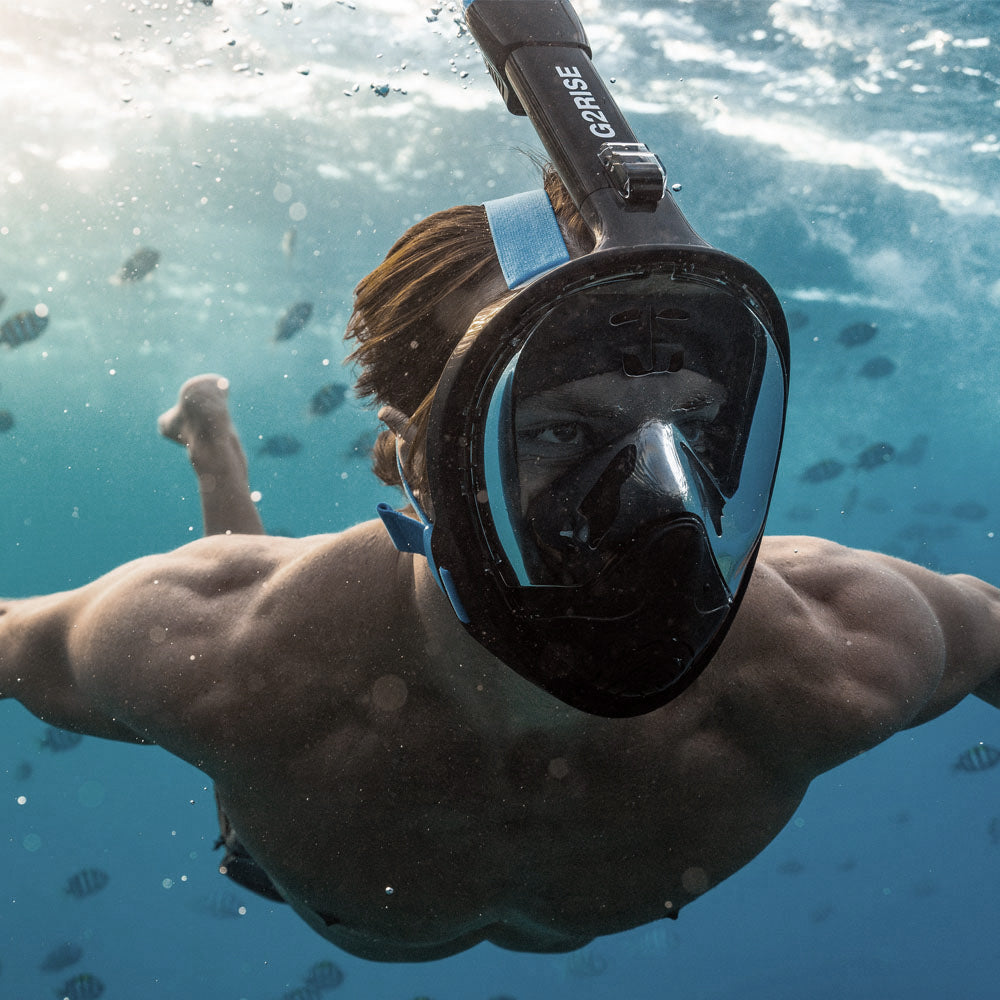
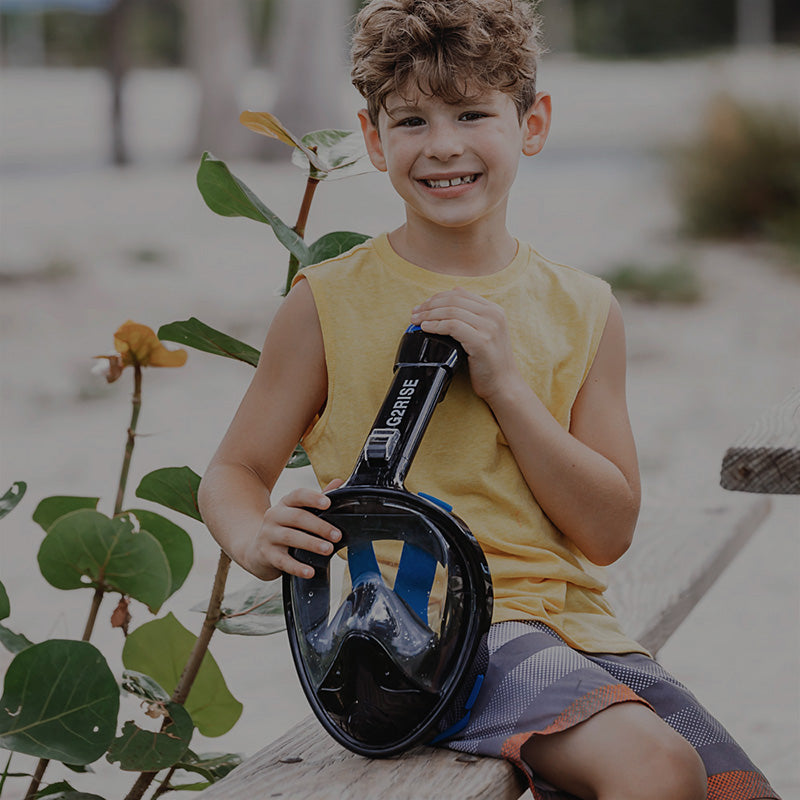
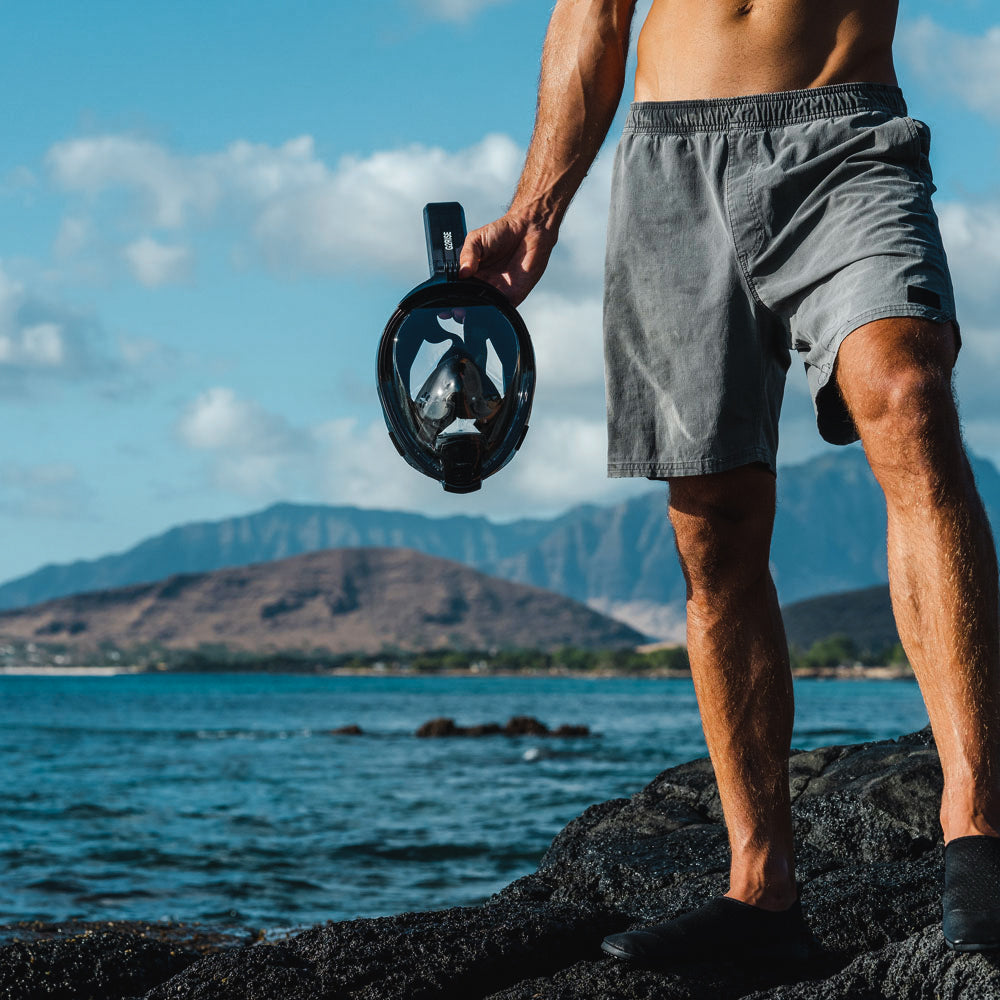

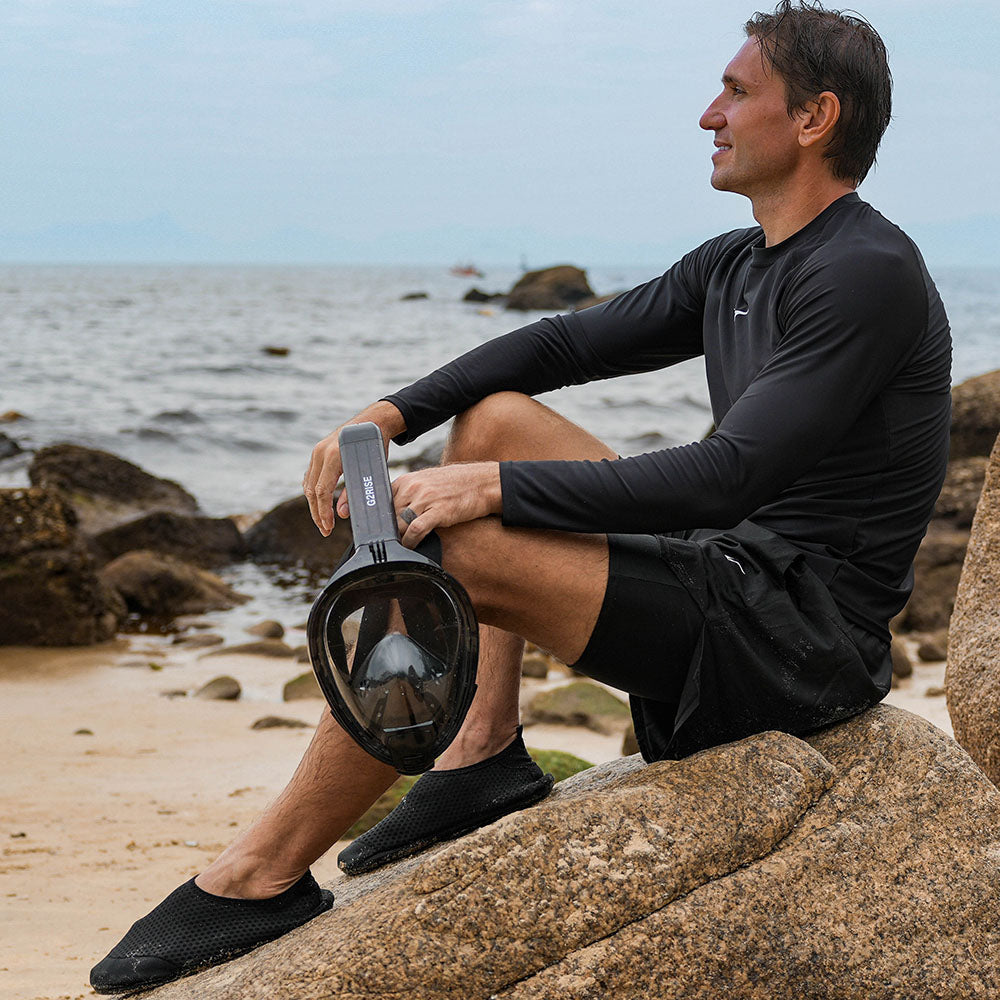

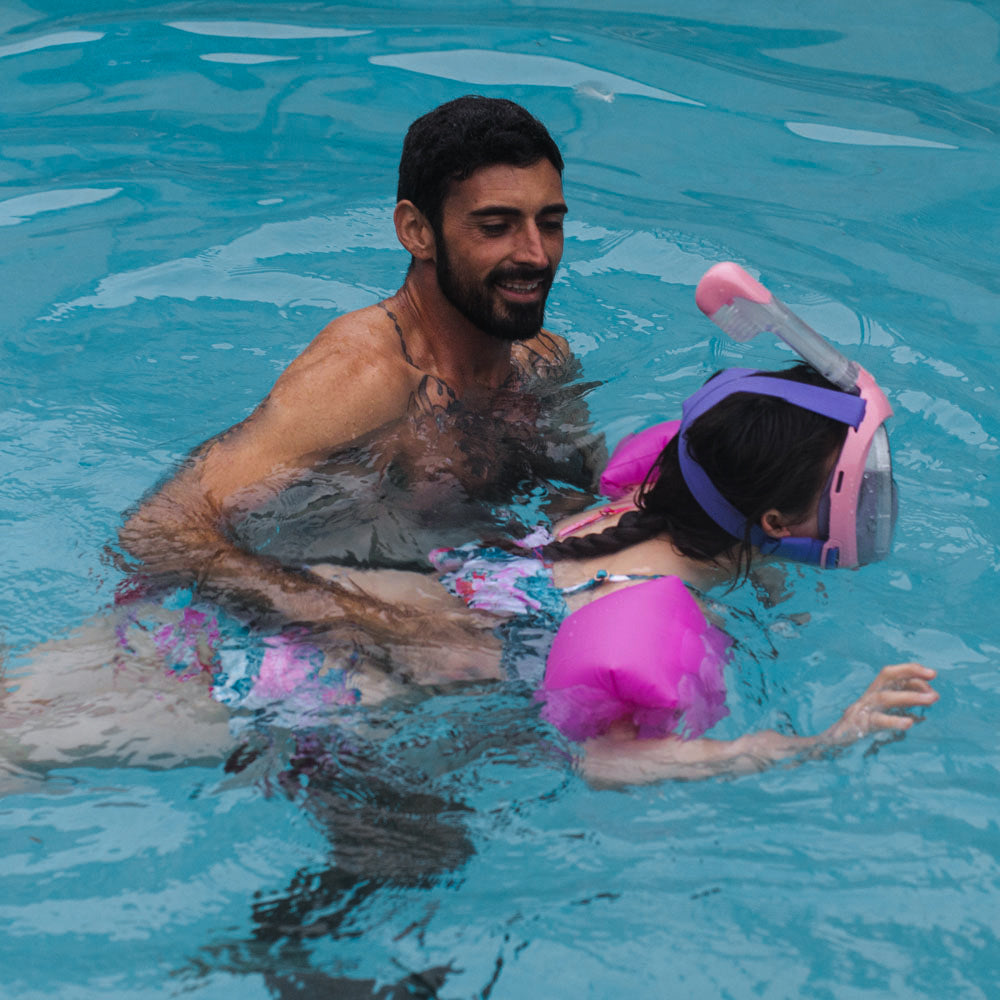


Leave a comment
This site is protected by hCaptcha and the hCaptcha Privacy Policy and Terms of Service apply.